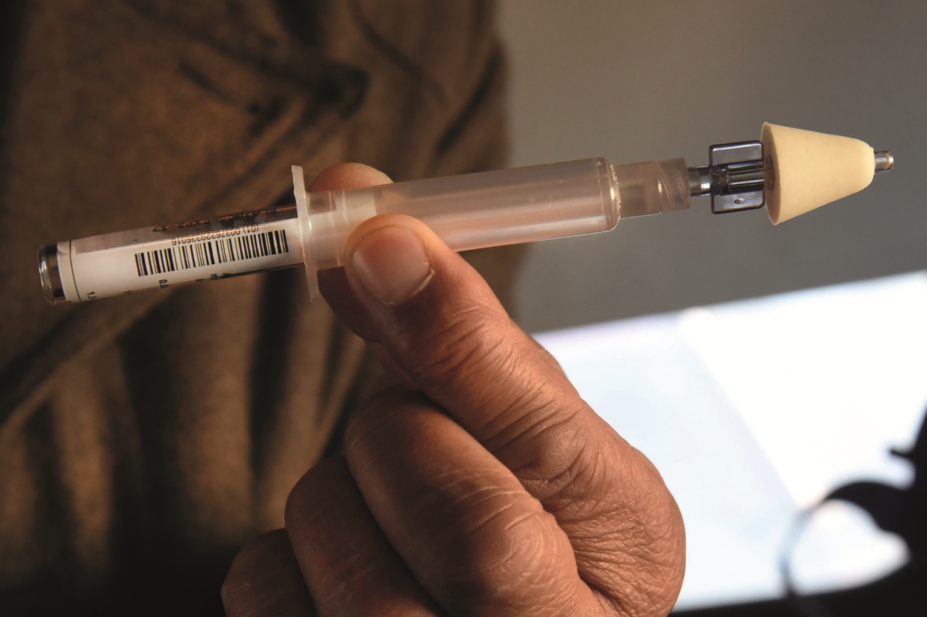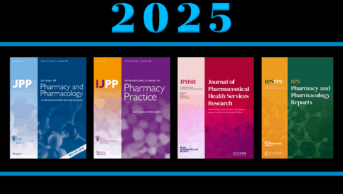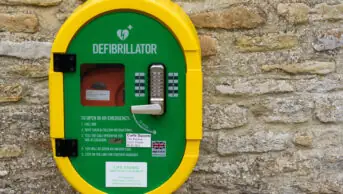
Tribune Content Agency LLC / Alamy Stock Photo
Naloxone is a powerful opioid antagonist that can reverse overdose from drugs such as heroin. Naloxone nasal sprays have been developed as an alternative to injectable naloxone devices. However, there are only limited pharmacokinetic data on the bioavailability of nasally administered naloxone.
In a paper in Addiction (16 November 2017), researchers administered 38 healthy volunteers with 5 different doses of naloxone: 1mg, 2mg and 4mg intranasally; 0.4mg intramuscularly; and 0.4mg intravenously[1]
.
They found that all intranasal doses resulted in dose-dependent blood plasma naloxone levels that peaked within 15–30 minutes. The 2mg intranasal dose most closely mimicked early blood concentrations of the standard intramuscular dose (0.4mg) in the 10 minutes post-dosing and maintained higher plateau levels for 2 hours after.
The team said the results support the potential of naloxone nasal spray for opioid-overdose reversal, but further research is needed to test administration in people with opioid-use disorders.
References
[1] McDonald R, Lorch U, Woodward J et al. Pharmacokinetics of concentrated naloxone nasal spray for opioid overdose reversal: Phase I healthy volunteer study. Addiction 2017. doi: 10.1111/add.14033


